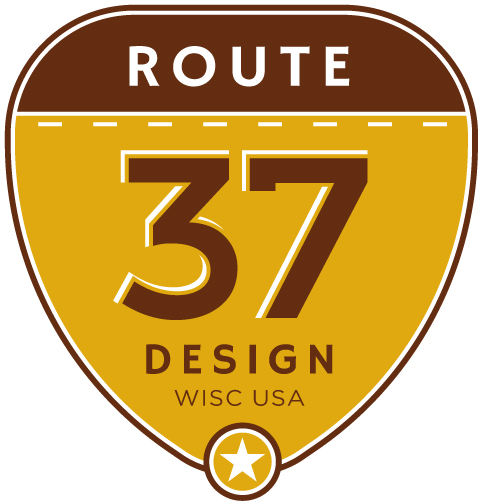TIP 1: Know Your Audience!
This should be the ’number one‘ item on your list. Who is your customer? It is the key that all other tips shown below are based. Do your homework and find out whom you are selling to. Is it a woman, 35+ age that likes to garden OR a man, 55+ that is a do-it-yourselfer? Knowing your core audience will make all other package design decisions easier.
TIP 2: Are Benefits Prominently Displayed?
Many people focus on features to show how easy the product is to use or how good it tastes. Instead, focus on what it does for the customer. That’s where your real selling power lies.
TIP 3: Consider Multiple Designs.
Don’t get stuck on one design. Look at a few designs, print them out and set them next to each other. What stands out? What catches your eye first? Get your family and friends involved—they are consumers too. The bottom line is don’t think that because you like it, your customer will too. Test, test, test.
TIP 4: Consider Your Price Point.
The cost of your product should influence your packaging design. Don’t over design for a low price point product. Over designing could mean higher packaging costs than necessary.
TIP 5: Consider The Competition.
Did you do your due diligence and look at where your package will be displayed? Who’s package will set next to it? Is yours a small box and your competition is a large box with multiple pieces? Will you have a series of products? How will those be displayed next to each other? Take the time to shop the stores you would like to see your product in and learn what the competition is doing. Knowing the competition will help you rise above it.
TIP 6: How Unique Is Your Product?
Will an interactive package help or hurt my chances in the aisle? Your package may be too unique or unusual that stores don’t like to display it because it doesn’t stand correctly, it can’t be stocked easily, etc. Consider how the store gets your product onto the shelf. Making it easier for them could translate into better sales for you.
TIP 7: Bag Or Box – Plastic Or Paper.
What to put your package in—that is the question. This question is usually driven by price. It’s a balance to package your product to its best advantage without adding too much to the cost.
TIP 8: Family Appearance.
Do you have more than one product? If so, your brand should be consistent across all. A consistent brand look will help you command more attention in the aisle. More than one product gives you additional billboard space and creates an attention grabbing visual area. More attention equals more sales.
TIP 9: Consider Shopper Experience.
How will the shopper interact with your product? Can they touch it? Is your product completely sealed? Is the store willing or encouraged to display one of your products out of the package? If not, and your product’s selling point is a tactile feature, a die cut window may be appropriate.
TIP 10: Think Of Your Package As A Shelf Billboard.
Make sure you have enough room on your package to show its benefits. If your product is larger than a loaf of bread, then the chances are good you will have plenty of room to display features and benefits. But if your product is small, including an area like a header will give you additional room to add selling copy and/or photos.
TIP 11: Are You Starting A Brand?
A good package design will plan for the future. Not only will multiple products make a more attractive offering to a store, but they will also command more attention in the aisle assuming your brand is consistent.
TIP 12: Make It POP!
Consider a color that will help your product get noticed—that could work into your brand as well. Many companies dominate a color to help them stand out and create their brand. Take a look next time you are in the hardware store. What color are the tools? Does the package match the tool? Once you’ve established a color, your competitors will have a hard time using it since it will look too much like your brand. That command of color takes time, but planning for it is the key.
TIP 13: Use Only The Words You Need To!
That means, keep your copy succinct and to the point. Think of your text on your package like a Google adword Ad—make the copy say the most with the least. Consider photos or illustrations to describe your product or how to use your product. A good picture is worth a thousand words.
TIP 14: Quality Printing Is Important.
Take your design to a quality printer of packages. Don’t go to the corner printer unless you know they have experience printing packages. Just like package designers, there are printers that specialize as well. The quality of the printing will be a reflection of the quality of your product.
TIP 15: Perception, Perception, Perception!—It’s All About Perception.
In the aisle, you only have 4 seconds to catch the shopper’s attention and convey the benefits of your product over the competition. In that short time, a shopper makes a decision about your product based on perception derived from what is presented—your package. All the tips listed above come into play when designing your package. Consider them wisely, but consider them all.
